The objectives of hearing and balance rehabilitation are multifaceted and tailored to address the unique needs and challenges of individuals with hearing loss, dizziness, vertigo, and balance disorders. These objectives aim to improve the overall quality of life and functional abilities of individuals affected by such conditions. Here are the key objectives of hearing and balance rehabilitation:
- Improve Hearing Function:
- For individuals with hearing loss, the primary objective is to improve hearing through the use of hearing aids, cochlear implants, or other assistive devices.
- Enhance speech perception and communication abilities in various listening environments.
- Enhance Vestibular Function:
- Reduce dizziness, vertigo, and unsteadiness in individuals with vestibular disorders.
- Improve balance and spatial orientation.
- Minimize Fall Risk:
- Implement strategies and exercises to reduce the risk of falls, particularly in older adults with balance problems.
- Enhance proprioception and coordination to prevent accidents.
- Increase Independence:
- Equip individuals with the skills and tools needed to lead independent lives despite hearing or balance challenges.
- Promote self-sufficiency in daily activities.
- Facilitate Adaptation:
- Help individuals adapt to changes in their sensory perceptions and functioning.
- Provide coping strategies for managing the emotional and psychological aspects of hearing and balance disorders.
- Enhance Communication Skills:
- Offer speech therapy and communication strategies to improve verbal and non-verbal communication for those with speech and language difficulties resulting from hearing loss.
- Foster effective communication with family, friends, and the broader community.
- Promote Safety:
- Educate individuals on safety measures to prevent accidents and injuries related to their condition.
- Teach individuals how to respond appropriately to dizziness or balance-related challenges.
- Optimize Quality of Life:
- Improve the overall well-being and quality of life of individuals by addressing the physical, emotional, and social aspects of hearing and balance disorders.
- Foster a sense of empowerment and self-confidence.
- Prevent Social Isolation:
- Combat social isolation and withdrawal that can result from hearing or balance issues.
- Encourage participation in social activities and community engagement.
- Customize Treatment Plans:
- Tailor rehabilitation programs to meet the specific needs and goals of each individual.
- Adjust treatment plans as necessary based on progress and changing circumstances.
- Provide Long-Term Support:
- Offer ongoing support and follow-up care for individuals with chronic hearing and balance conditions.
- Ensure that treatment and management strategies remain effective over time.
- Facilitate Multidisciplinary Care:
- with a team of healthcare professionals, including audiologists, physical therapists, Collaborate occupational therapists, and speech-language pathologists, to provide comprehensive care.
- Promote Education and Awareness:
- Raise awareness about hearing and balance disorders and provide education to individuals and their families about available resources and support.

 9606080651/653/654
9606080651/653/654